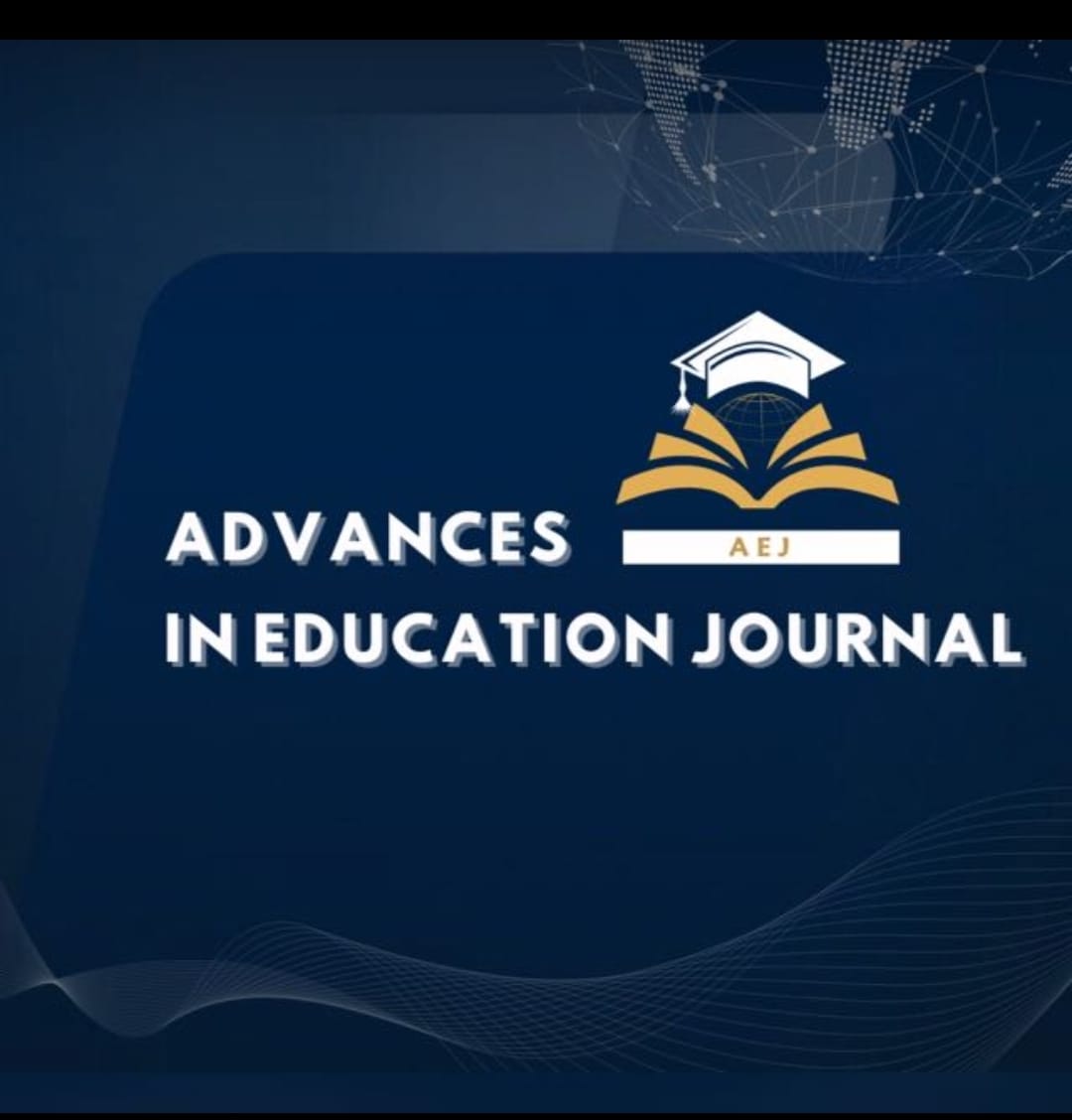Perspektif Mahasiswa Universitas Pendidikan Indonesia Terhadap Fenomena Trinkets dan Kaitannya dengan Sifat Israf
Keywords:
Fashion, Islamic ethics, Israf, Student lifestyle, TrinketsAbstract
This study explores the perspectives of students at Universitas Pendidikan Indonesia regarding the trinkets trend and its association with israf (extravagance) in Islamic ethics. Using a qualitative phenomenological approach, data were gathered through open-ended surveys with 40 active students. The findings reveal that trinkets are primarily purchased for aesthetic value and self-expression, often influenced by social media and peer groups. However, repetitive and impulsive buying behaviors raise concerns over consumptive tendencies and the dilution of financial ethics. The study highlights the blurred line between needs and wants, where symbolic consumption may evolve into wastefulness if not managed. These insights urge students to adopt mindful consumerism aligned with religious values, providing a foundation for educational praxis that emphasizes ethical consumption.
Downloads
References
Ajidin, Z. A., & Wahidah, N. (2023). Fenomena Flexing di Media Sosial dan Kaitannya dengan Israf. Islamic Business And Finance, 4(1), 1-16.
ANWAR, M. A., & MUNAWAROH, S. R. M. S. R. (2024). Israf Dalam Al-Qur’an: Kontekstualisasi pada Gaya Hidup Masyarakat Modern (Studi Kajian Tafsir Maudhu’i). Tafsiruna: Journal Of Qur’anic Studies, 2(1), 60-69.
Aragoncillo, L., & Orús, C. (2018). Impulse buying behaviour: an online-offline comparative and the impact of social media. Spanish Journal of Marketing - Esic, 22(1), 42-62. https://doi.org/10.1108/sjme-03-2018-007
Ashraf, A., Hameed, I., & Saeed, S. (2023). How do social media influencers inspire consumers' purchase decisions? the mediating role of parasocial relationships. International Journal of Consumer Studies, 47(4), 1416-1433. https://doi.org/10.1111/ijcs.12917
Burnasheva, R. and Suh, Y. (2020). The influence of social media usage, self-image congruity and self-esteem on conspicuous online consumption among millennials. Asia Pacific Journal of Marketing and Logistics, 33(5), 1255-1269. https://doi.org/10.1108/apjml-03-2020-0180
Cambra‐Fierro, J., Melero‐Polo, I., Patrício, L., & Sesé, F. (2020). Channel habits and the development of successful customer-firm relationships in services. Journal of Service Research, 23(4), 456-475. https://doi.org/10.1177/1094670520916791
Chen, Y., Qin, Z., Yan, Y., & Yi, H. (2024). The power of influencers: how does influencer marketing shape consumers’ purchase intentions?. Sustainability, 16(13), 5471. https://doi.org/10.3390/su16135471
Chepenik, L., Cornew, L., & Farah, M. (2007). The influence of sad mood on cognition.. Emotion, 7(4), 802-811. https://doi.org/10.1037/1528-3542.7.4.802
Chuang, C., Tian, H., & Lin, R. (2015). Integrating certainty effect and noninteractive social influence into impulse buying. Social Behavior and Personality an International Journal, 43(5), 777-793. https://doi.org/10.2224/sbp.2015.43.5.777
Decrop, A. and Masset, J. (2014). “this is a piece of coral received from captain bob”: meanings and functions of tourist souvenirs. International Journal of Culture Tourism and Hospitality Research, 8(1), 22-34. https://doi.org/10.1108/ijcthr-08-2013-0051
Dinh, T. and Lee, Y. (2021). “i want to be as trendy as influencers” – how “fear of missing out” leads to buying intention for products endorsed by social media influencers. Journal of Research in Interactive Marketing, 16(3), 346-364. https://doi.org/10.1108/jrim-04-2021-0127
Gentzke, A., Wang, T., Jamal, A., Park‐Lee, E., Ren, C., Cullen, K., … & Neff, L. (2020). Tobacco product use among middle and high school students — united states, 2020. MMWR Morbidity and Mortality Weekly Report, 69(50), 1881-1888. https://doi.org/10.15585/mmwr.mm6950a1
Hayati, M., Ali, J., Heri, M., & Utami, P. (2023). E-service quality and e-wom regarding consumer behavior based on maqashid asy-shariah. Journal of Digital Marketing and Halal Industry, 5(1), 97-116. https://doi.org/10.21580/jdmhi.2023.5.1.16949
Imelda, F., Perdana, R., & Susilo, S. (2023). The hijrah phenomenon in indonesia: a case study among students in public and private universities in lampung province on sumatra island., 397-403. https://doi.org/10.2991/978-2-38476-046-6_40
Kalbus, A., Boenecke, J., Holt, M., Powell, S., & Reintjes, R. (2021). Exploring trends and differences in health behaviours of health sciences university students from germany and england: findings from the “susy” project. Public Health Reviews, 42. https://doi.org/10.3389/phrs.2021.1603965
Kamal, А., & Shnarbekova, М. (2021). Modern trends in consumer behavior of young people in the digital age. The Journal of Psychology and Sociology, 77(2), 127-132. https://doi.org/10.26577/jpss.2021.v77.i2.14
Karoui, S. and Khemakhem, R. (2019). Factors affecting the islamic purchasing behavior – a qualitative study. Journal of Islamic Marketing, 10(4), 1104-1127. https://doi.org/10.1108/jima-12-2017-0145
Khalida, L., Fadli, U., Savitri, C., & Faddila, S. (2022). The effect of promotions and consumer preferences on purchase decision., 982-986. https://doi.org/10.2991/978-94-6463-008-4_122
Kholis, N. and Salsabila, F. (2023). The effect of social environment on household consumption patterns through lifestyle. Jurnal Samudra Ekonomi Dan Bisnis, 14(2), 213-226. https://doi.org/10.33059/jseb.v14i2.6292
Kusmaharani, A., & Halim, R. (2020). Social influence and online impulse buying of indonesian indie cosmetic products. Mix Jurnal Ilmiah Manajemen, 10(2), 237. https://doi.org/10.22441/mix.2020.v10i2.007
Li, C., Hu, J., Hengeveld, B., & Hummels, C. (2020). Supporting intergenerational memento storytelling for older adults through a tangible display: a case study. Personal and Ubiquitous Computing, 26(3), 625-649. https://doi.org/10.1007/s00779-020-01364-9
Sugiyono. (2015). Metode Penelitian Kombinasi (Mixed Methods). (Sutopo, Ed.). Bandung: ALFABETA, cv.
Widyanto, H. and Agusti, C. (2020). Beauty influencer in the digital age: how does it influence purchase intention of generation z?. Jurnal Manajemen Dan Pemasaran Jasa, 13(1), 1-16. https://doi.org/10.25105/jmpj.v13i1.5453
Wilska, T., Holkkola, M., & Tuominen, J. (2023). The role of social media in the creation of young people’s consumer identities. Sage Open, 13(2), 1-11. https://doi.org/10.1177/21582440231177030
Yi, S., & Baumgartner, H. (2011). Coping with guilt and shame in the impulse buying context. Journal of Economic Psychology, 32(3), 458-467. https://doi.org/10.1016/j.joep.2011.03.011
Yusgiantara, A. (2024). MENGHINDARI PERILAKU BERLEBIHAN: MEMBUMIKAN GAYA HIDUP ISLAMI DALAM MENGATASI ISRAF, TABDZIR, DAN BAKHIL. Jurnal Media Akademik (JMA), 2(10).
Zafar, A., Qiu, J., Shahzad, M., Shen, J., Bhutto, T., & Irfan, M. (2020). Impulse buying in social commerce: bundle offer, top reviews, and emotional intelligence. Asia Pacific Journal of Marketing and Logistics, 33(4), 945-973. https://doi.org/10.1108/apjml-08-2019-0495
Downloads
Published
Issue
Section
License
Copyright (c) 2025 Alia Noer Khalifa, Anisa Oktafiani Futri, Haura Naya Shakira, Sabrina Azura Nariswari, Achmad Faqihuddin (Author)

This work is licensed under a Creative Commons Attribution-ShareAlike 4.0 International License.













